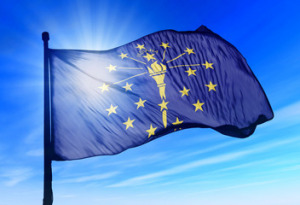
Westfield’s special census delayed again, this time by government shutdown
Westfield officials sought the special census to determine the number of people living in the fast-growing Hamilton County city and ensure the community receives adequate funding and resources.





